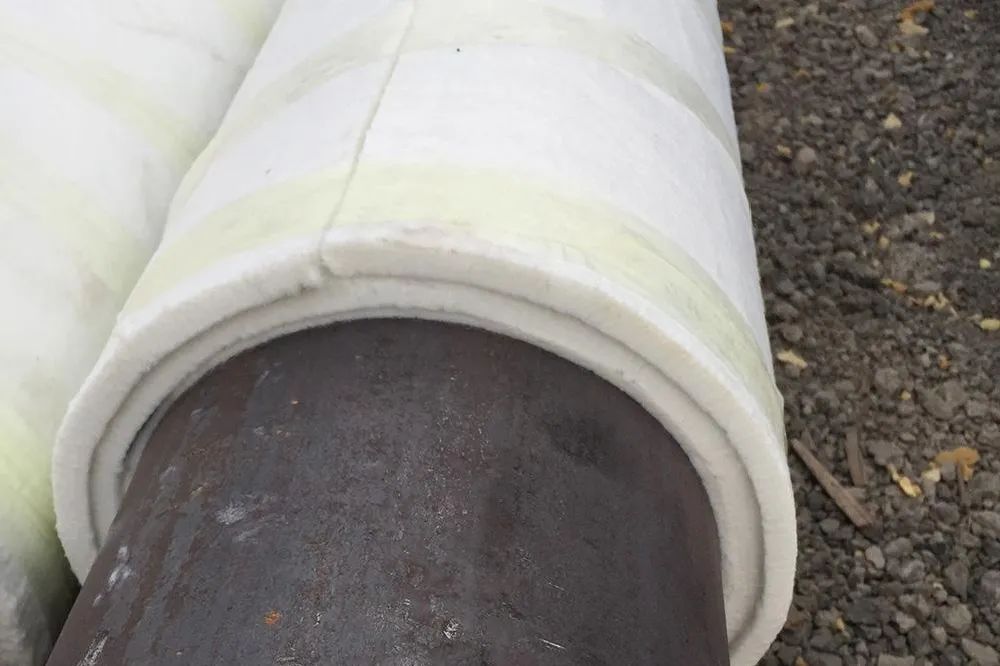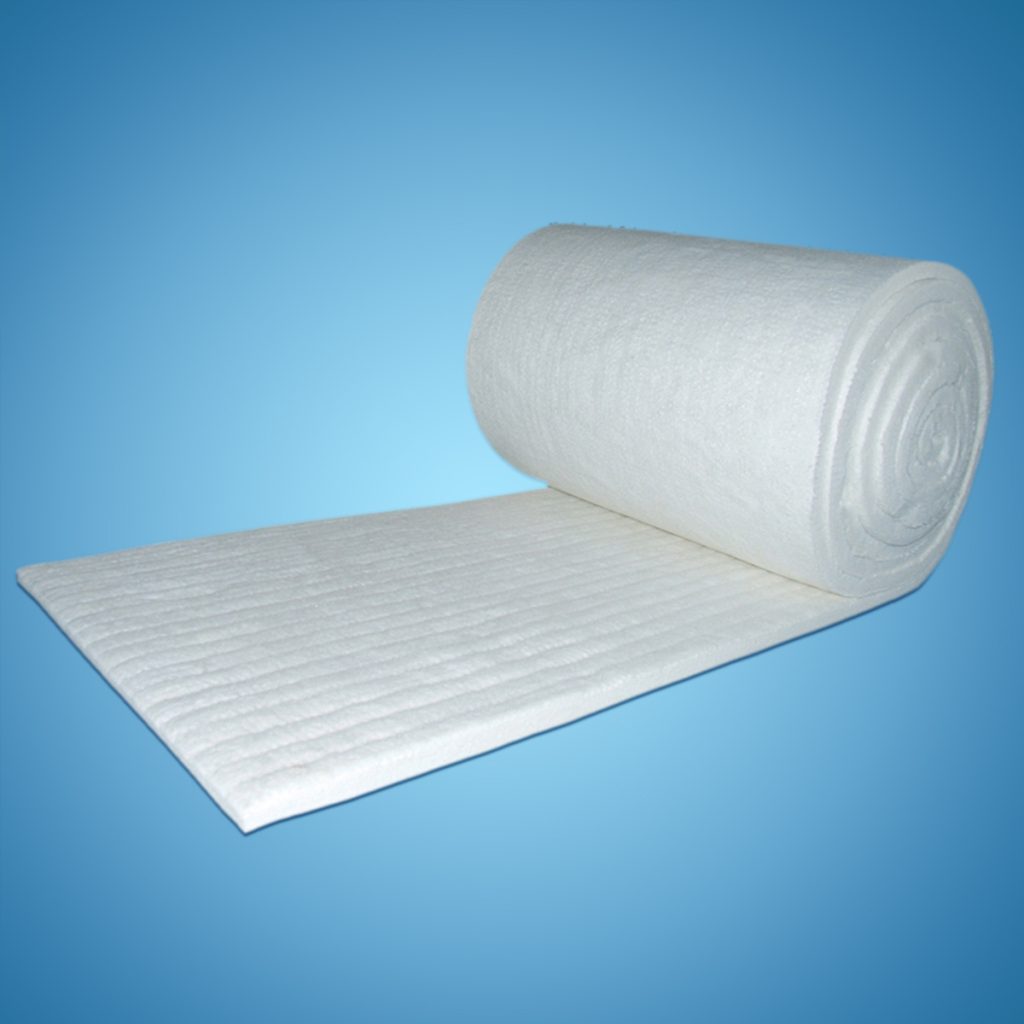Selection Criteria for Ceramic Fiber Blankets in Pipeline Insulation
Table of Contents

- Ceramic fiber blankets are chosen for pipeline insulation due to their low thermal conductivity, excellent thermal stability and resistance to thermal shock, outstanding tensile strength, and energy-saving properties. Their soft and malleable nature during construction allows them to be applied to various complex insulation locations, making them suitable for insulating long-distance pipelines.
- However, with numerous types and specifications of ceramic fiber blankets available, how should one choose the appropriate one based on these specifications? We recommend considering the following five factors:
1.Weather Resistance
Weather resistance refers to the material’s ability to withstand outdoor exposure to various weather conditions. The weather resistance, including waterproofing, determines whether the ceramic fiber blanket can effectively provide long-term high-temperature insulation on the pipeline. Anchor-Tech’s waterproof blankets incorporate water repellents during production to effectively prevent rainwater from infiltrating the ceramic fiber content, preventing insulation failure.
2.Thermal Conductivity
Thermal conductivity is a crucial indicator determining the insulation performance of ceramic fiber blankets. The larger the thermal resistance of the ceramic fiber blanket, the more noticeable the insulation performance of the material, resulting in a greater temperature difference on both sides of the blanket. Anchor-Tech’s ceramic fiber blankets have a typical slag ball content of 8%, the lowest in the industry, resulting in the lowest thermal conductivity.
3.Tensile Strength
After installation, ceramic fiber blankets face external forces such as the weight of the insulation system itself and wind forces. The proper structural design and matching materials play a critical role in enhancing the tensile strength of the ceramic fiber blanket. Only with advanced double-sided needle punching systems on the production line can ceramic fiber blankets achieve sufficient tensile strength.
4.Dimensional Accuracy
If the dimensions of the ceramic fiber blanket are unstable after installation, it may lead to issues such as cracking and deformation in the pipeline insulation system, posing safety risks. Only advanced production equipment, extensive production management experience, and high-purity raw materials can produce ceramic fiber blankets with minimal dimensional tolerances.
5.Density
The density of ceramic fiber blankets is a crucial factor determining the thermal conductivity, strength, and dimensional stability of the pipeline insulation system. Anchor-Tech can produce ceramic fiber blankets with densities of up to 160kg/m3.


